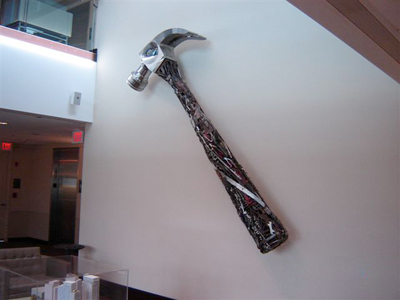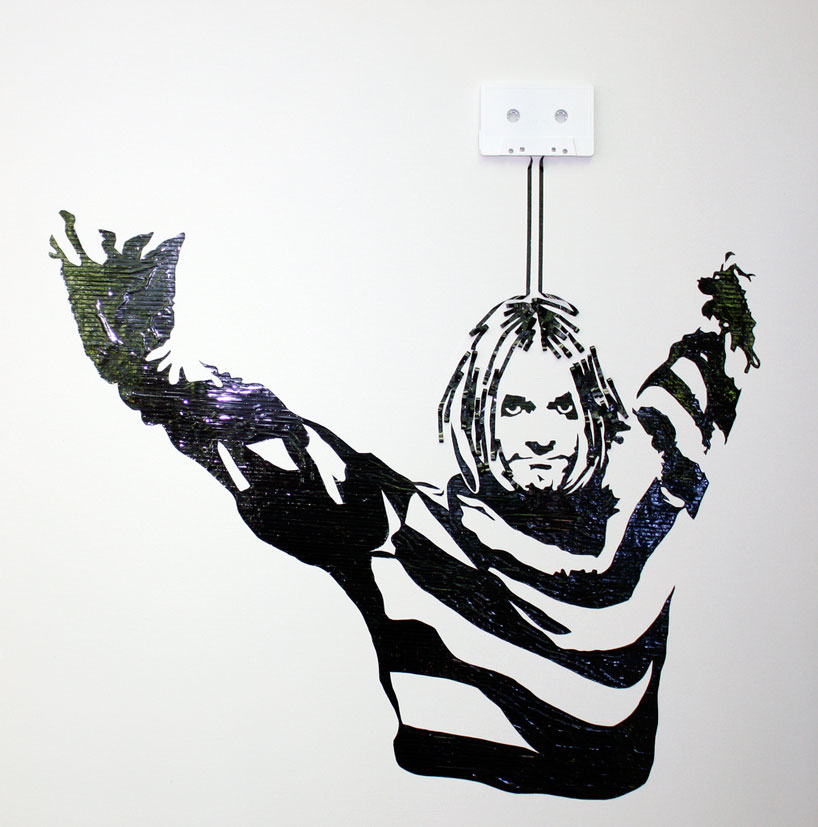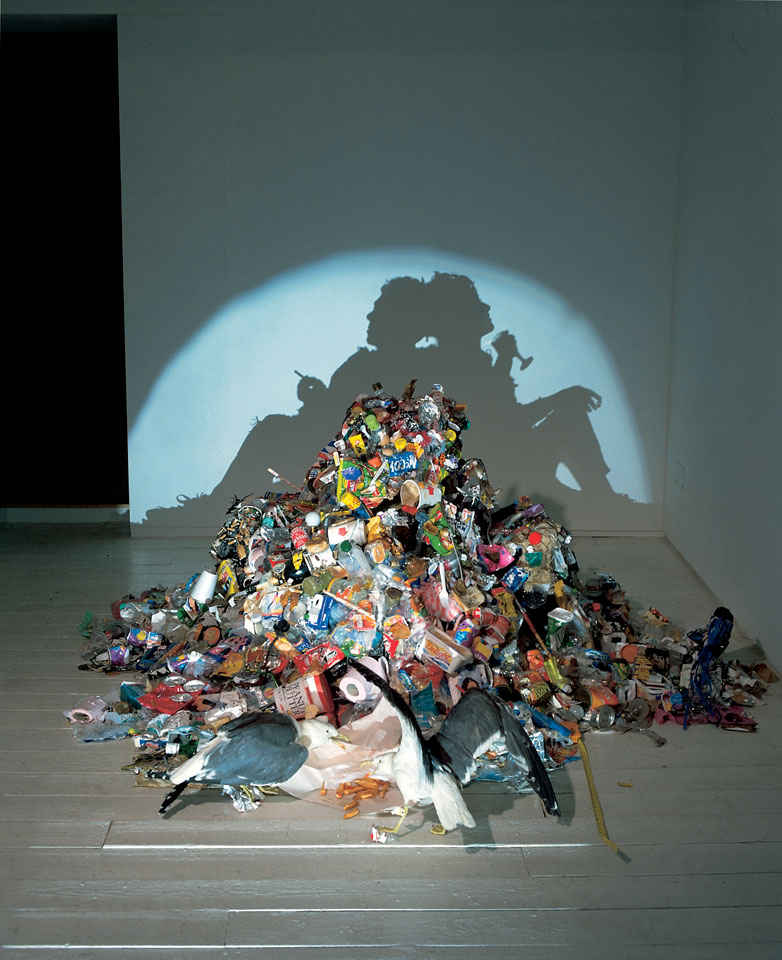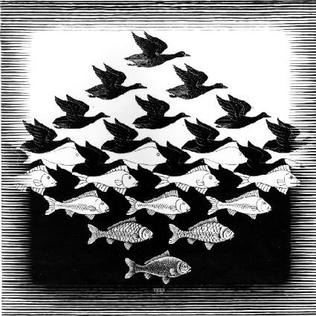Leo Sewell is an American "found object"
artist.
His assemblages of recycled material are in over 40
museums and in private collections worldwide.
Born: September 7, 1945 (age 69), Annapolis, Maryland,
United States
Leo Sewell went to the University of Delaware.
Leo Sewell has played with junk now for fifty years and
has developed his own assemblage technique.
His works are collected by corporations, museums and
individuals throughout the world.
His sculptures are composed of recognizable objects of
plastic, metal and wood. These objects are chosen for their color, shape,
texture, durability and patina; then they are assembled using nails, bolts, and
screws. The outdoor sculptures are constructed of stainless steel, brass, or
aluminum found objects which are welded together.
He can also use objects from the patron's past for a more
personal assemblage.
This sculpture of a Hammer was made of recycled materials
and is one of Leo Sewell's artworks.
It measures 10ft x 4ft x 2ft.
I like this idea of making artwork out of recycled
materials, it is great for the environment and it can make a great sculpture
for a new town.
Leo Sewell’s artwork and information can be found on the
following websites:
http://en.wikipedia.org/wiki/Leo_Sewell





.jpg)



